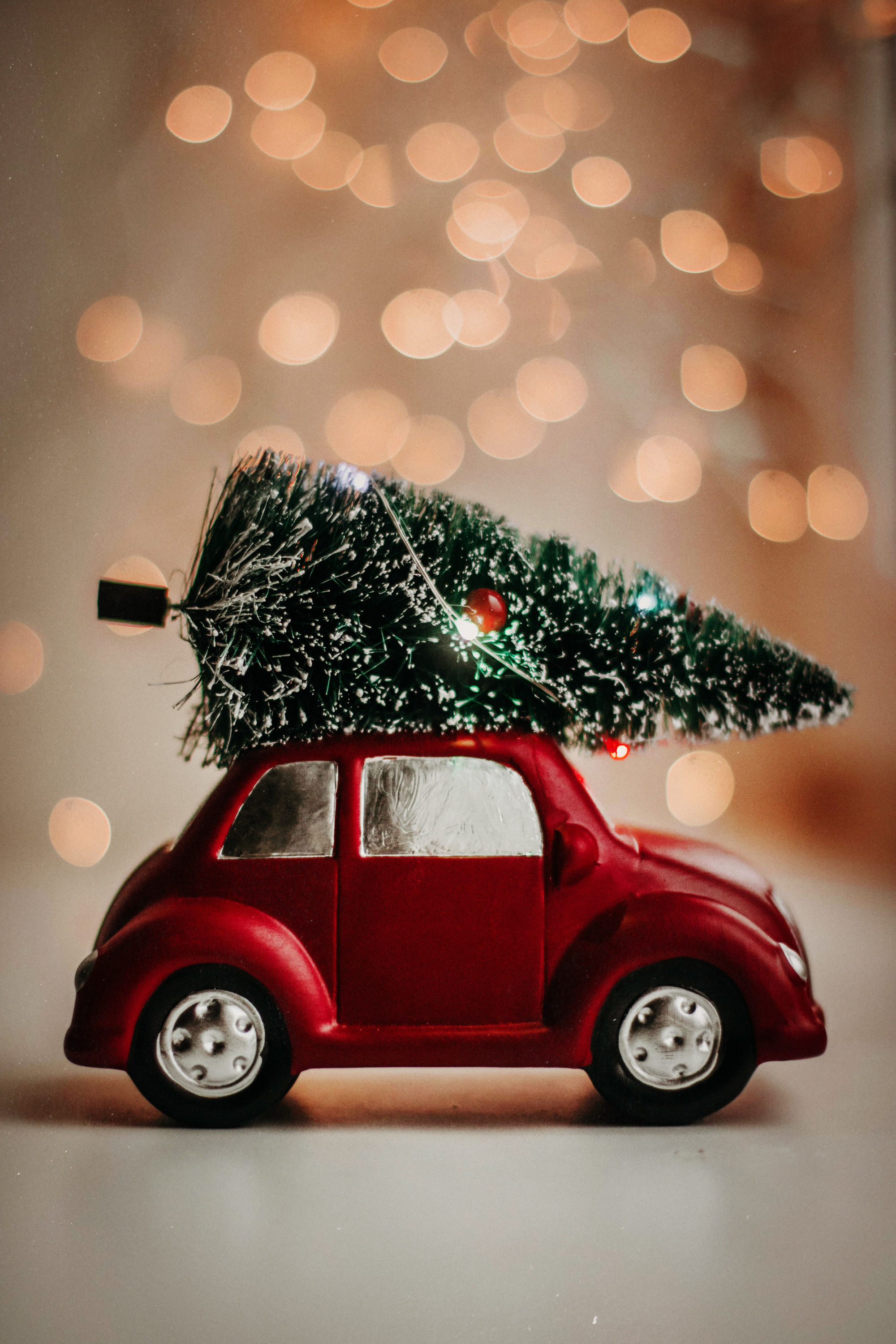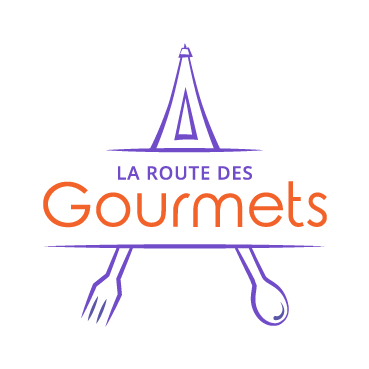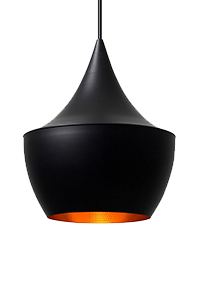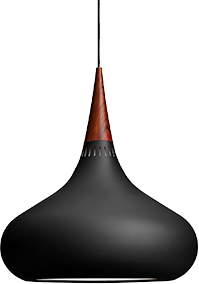Discover the star products of French festive tables !
Publié le :
12/17/2020 10:17:52
Catégories :
Food patrimony in France by region
The Christmas dinner, a history of traditions
Traditionally, Christmas is the occasion to gather with family around a generous meal. Foie gras, oysters, snails and smoked salmon are often on the menu on December 24th and December 25th.
They are served as appetizers, usually after sharing an aperitif. The traditional dish of Christmas Eve in France is the turkey with chestnuts although it remains today with other poultry of choice, fish or shellfish. For dessert, the majority of French people opt for the traditional Christmas log that has been modernized over the years. We have the choice between the traditional buttercream log, the lighter fruit log or even the ice log!
In Provence, the ritual of the thirteen desserts which represent the twelve apostles and Jesus still exists. This veries depending on where you are in Provence. But there are a few mainstays:
- The indispensable “oil pump”, a kind of brioche bread that must be broken and not cut, like the bread of Jesus at his last meal.
- The four beggars:
- nuts and hazelnuts, which represent the order of the Augustinians,
- the grapes representing the order of the Dominicans;
- the almonds representing the order of the Carmelites,
- the figs representing the order of the Franciscans.
- Dates that represent Christ from the East and the Magi. They can be stuffed with coloured almond paste.
- The white nougat which symbolizes the good.
- The black nougat that symbolizes evil.
In addition to these eight must-haves, each one adapts the rest of the desserts according to its own taste and local traditions. For example, we find fresh seasonal fruits, the Marseille « navettes », quince paste, almond paste, « calissons » of Aix, candied fruits, goat cheese in a flavoured oil jar, prunes, « papillottes » (chocolates)…
Some families add the share of the poor, a symbol of the sharing of bread by the Christ at the last meal with his apostles.
In Alsace, pastry has been a must for centuries. Cakes of all shapes, the "Christolles", illustrate the themes and characters of Christmas (the newborn, the star, the fir tree, the crescent moon, the cross, etc.). The "Mannele" (brioche in the shape of a little man that is tasted for the Saint-Nicolas and throughout the month of December) is braided like the pretzels.
Since the 16th century, Saint-Nicolas has always been offered gingerbread, perfumed with cinnamon, cardamom, almonds and honey. The believers go to church to attend the midnight mass. December 25th is a public holiday but unlike other European countries, the French people work on December 26th.

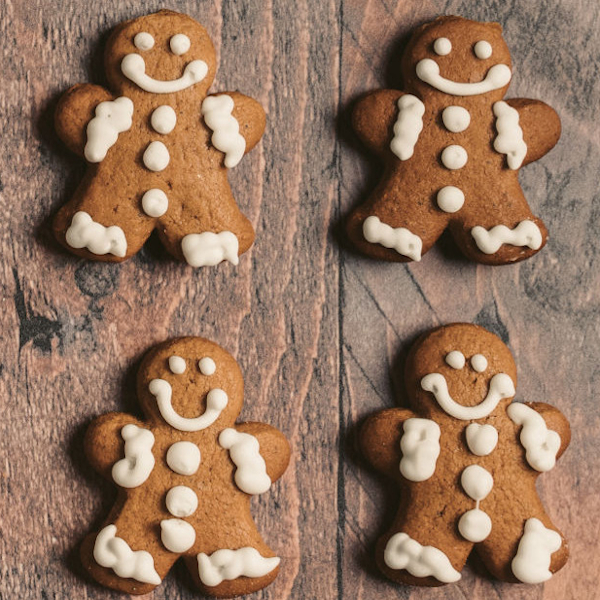
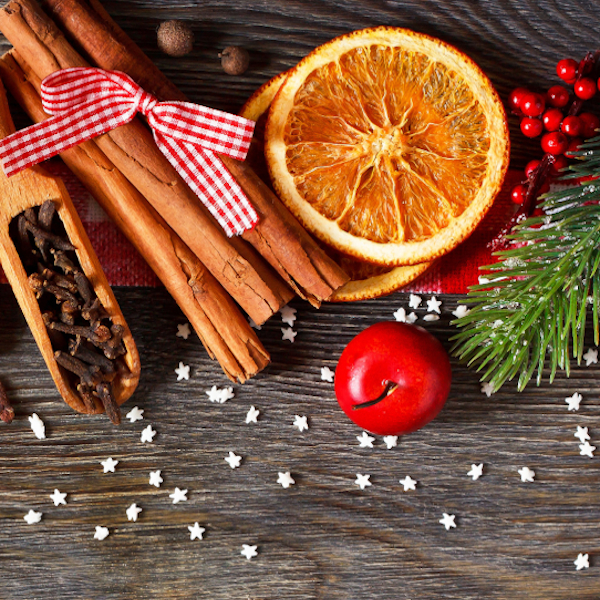
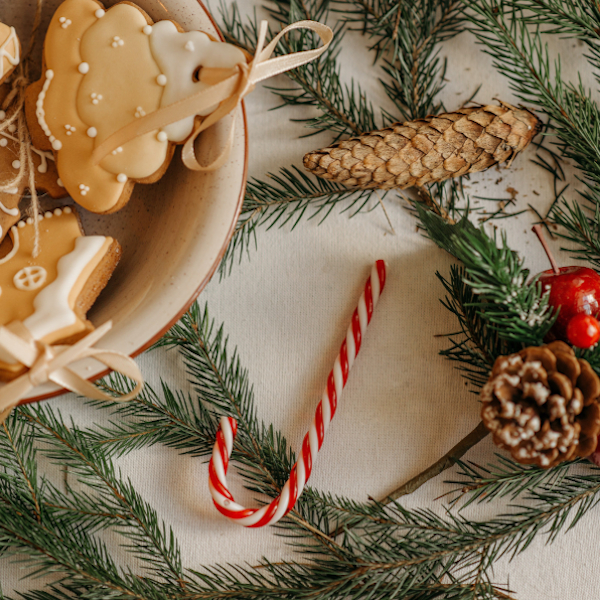
The star products of our New Year’s Eve
Even if the elements that make up the Christmas meal vary from one family to another and from one region to another, some products are now a staple of our festive table.
The oyster
It unleashes passions! Some hate it while others love it. Several varieties of oysters are produced in France.
The French oyster culture is based on the breeding of two species of oysters:
- The «plate» named Ostrea edulis, rather round, which represents about 10% of French production
- The «hollow» called Crassostrea gigas, rather elongated which represents the rest of French production.
We will therefore focus here on the hollow oyster that is more generally found on our Christmas table. There are three designations of oysters in France:
- Marennes Oléron, raised mainly in Charente Maritime. They may come from the basin of Thau or the bassin of Arcachon, the island of Ré or Noirmoutier or even from Brittany. They have the particularity of being refined into «clear», that is to say in basins that are former salt marshes, in which develops a seeweed called blue navicule. The blue navicule contains a pigment that causes the typical greening of these oysters.
- Fine light oysters "les fines de claire" are matured for 2 months, measuring 20 oysters per square metre.
- The specials "les spéciales" are oysters ripened for 6 months with 5 oysters per square metre.
How do we choose them? Oysters are numbered according to their size. The smaller the size is, the bigger and meatier the oyster will be. Hollow oysters have sizes ranging from 0 to 5:
- Size 0: weight greater than 150 grams
- Gauge 1: weight between 120 and 150 grams
- Size 2: weight between 85 and 120 grams
- Size 3: weight between 65 and 85 grams
- Size 4: weight between 45 and 65 grams
- Gauge 5: weight less than 45 grams.
For a medium-sized oyster, size 3 is the most appreciated by the greatest number. They will be eaten natural, with vinegar and shallots or simply a dash of lemon!
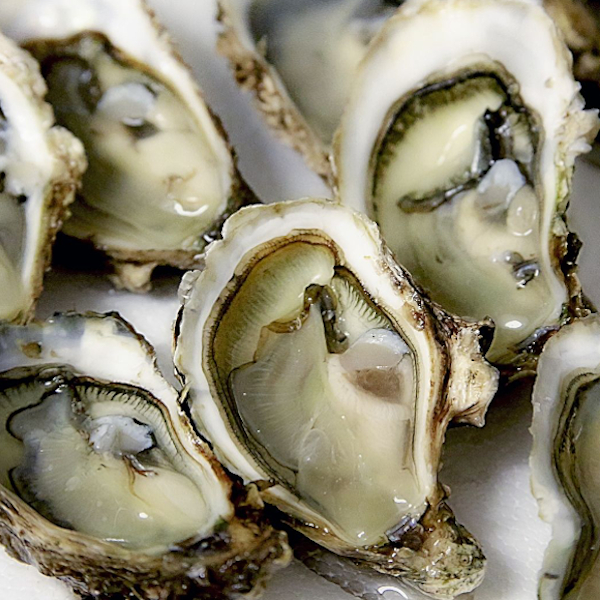
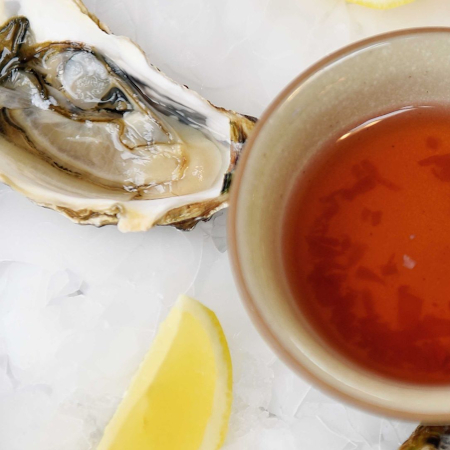
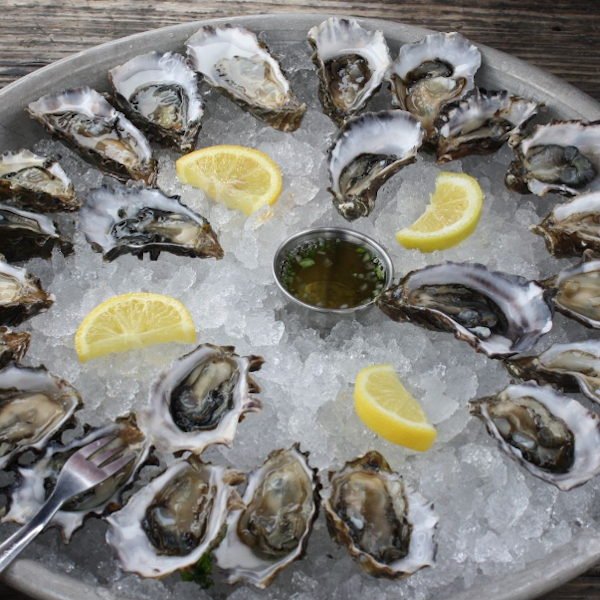
The smoked salmon
Smoked salmon is a salmon-based preparation, which is usually filleted, salted, and then smoked hot or cold.
Most smoked salmons marketed in Europe are derived from fishes raised in Norway, Scotland or Ireland. Wild fishes such as Alaskan salmons are also on the market.
The traditional way of smoking salmon in Ireland (and Central Europe) is cold smoking. This means that the salmon is smoked for 8 hours at about 32°C. The exact time and temperature depends on the size of the fillets. The texture and taste of the salmon is exactly what we automatically associate with smoked salmon: dark pink, sof and juicy.
The Scandinavian way of smoking salmon is rather hot smoking. Salmon fillets spend half the time at twice the temperature in the smoker pan (4 hours at 80°C). The salmon is drier and lighter in colour. It is preferred by people who find cold-smoked salmon a little too oily or who do not like the strong taste of the fish.
The most important thing to choose your smoked salmon is not its origin. It is its breeding conditions (intensive or not) and the care taken in the processing of fish (salting, drying, smoking) that count above all. Ireland aznd Scotland are specialized in organic salmon production.
The “wood smoke” designation ensures that the product was smoked by slow combustion of wood from a single wood specie. If several species are used, they may be mentioned in descending order of weight. Beech and oak species are considered as the best. But this is not the only quality criterion. The duration of smoking and, above all, the maturation phase following the operation, which can take up to two or three days for the flesh to relax, are equally decisive.
Finally, pay attention to the statement «smoked» without precision on the wood specie used. In general, it reveals the vaporization of liquid smoke. In this case, the list of ingredients must be marked “smoke flavour”.
Salting can be done in two ways:
- Dry salt: this is the most qualitative method of salting. The fish is sprinkled with a thin layer of salt, then left to rest for a few hours. As the salt enters the flesch, its moisture content decreases, making it easier to dry.
- By injection of brine (salt water): this technique shortens the time of salting and causes fish to swell (which makes it possible to sell water at the price of salmon). A spongy flesh, of pink colour, slightly crusty on the surface, is a sign that does not deceive!
The quality of the slices is also an important criterion to evaluate a smoked salmon. If trimming is done properly, the slices must not have brown muscle (muscle present under the skin of the salmon), fat strips, flank remains, bones or blood points.
On packaged products, “sliced by hand” indicates that the operation is done manually with a fixed blade knife, which allows to obtain homogeneous slices throughout the length of the salmon. In industry, slicing is most often done by a machine, for cost reasons. This technique, more brutal, requires first to stiffen the salmon by a cold passage around -10°C. This is a partial freezing start, even if the manufacturers claim the opposite and do not specify it on the labelling. For Label Rouge products, cooling below -2°C is prohibited.
The statement "never frozen" indicates that the salmon was not frozen before or after smoking. This is a common practice because it allows manufacturers to smooth their production over the year in order to cope with the sales of the Christmas holidays. When freezing is carried out after processing of fish (after salting), consumers should be informed by the words "do not re-freeze". However, when it intervenes on the fresh product (before smoking), the regulations do not require it to be mentioned. However, this first freezing affects the quality of the product.
There are labels to guide us in choosing the salmon that will color our festive table:
- The Red Label (official sign of superior quality that comes in addition to the collective brands of the products): it imposes many constraints, both on the mode of farming (slow growth offshore from a minimum of 14 months, food rich in products of marine origin, etc.) on processing (severe trimming, salting with dry salt, smoking within 7 days from the date of fishing, etc.). Key quality parameter: the fat content on fresh salmon is between 10% and 16% or 17% depending on the size.
- The AB logo (Organic Agriculture - French quality label created in 1985): it guarantees animal and environmental-friendly farming conditions. The production sites are carefully selected to avoid the risk of pollution, to offer a good water renewal and a good oxygen content. Fish density should not exceed 20 kg/m3 (as for the Red Label). Drug treatments are strictly limited. As for food, it makes the most of cereals and organic soya (minimum 30%), in order to preserve marine resources.
Salmon is a delicious food to consume moderately because of its high concentration of heavy metals due to its carnal diet. Labelled salmons, by their diet close to their natural diet, have a higher concentration of heavy metals than conventional farmed salmons whose diet is mainly of vegetable origin.
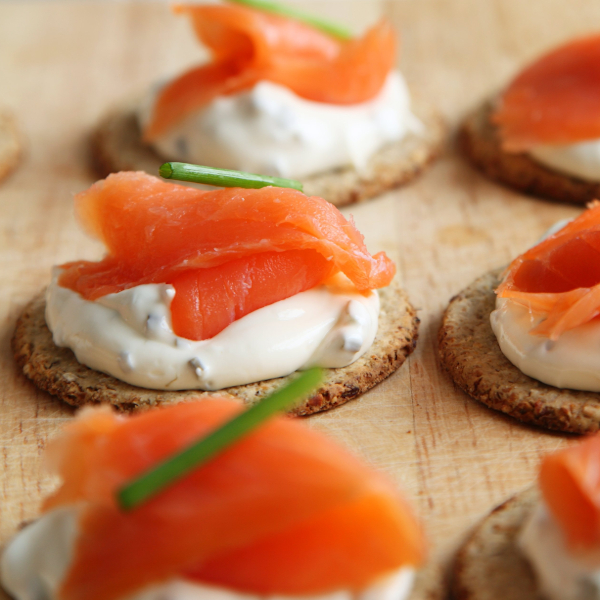
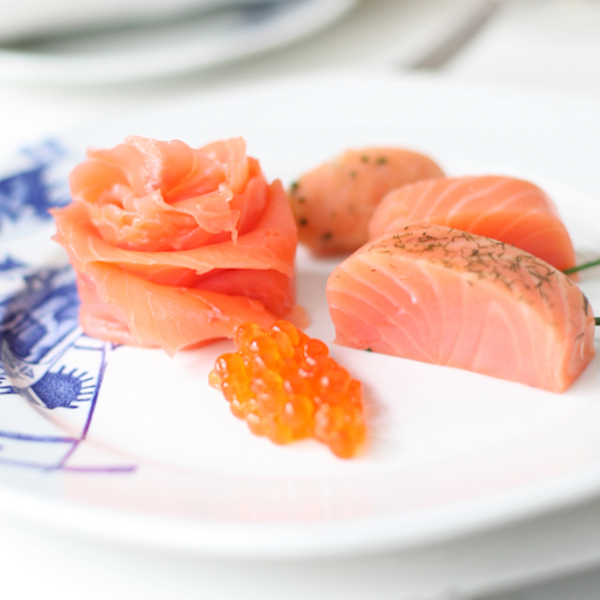
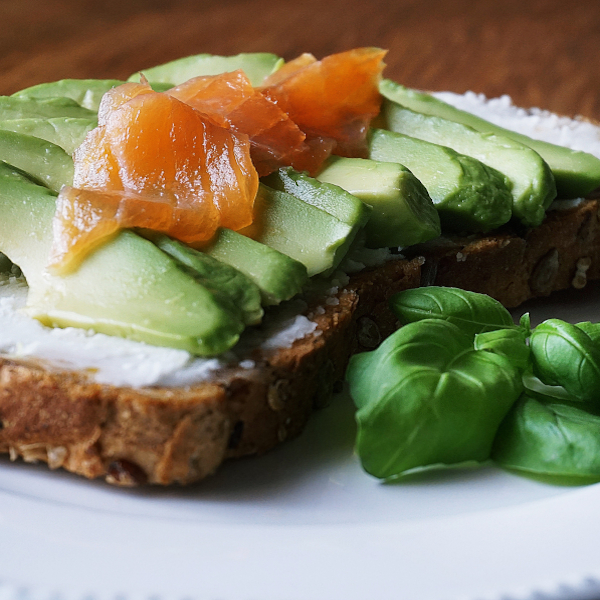
The foie gras
ORIGINS OF FRENCH PRODUCTION
Since immemorial time, when men began to settle down, gradually abandoning their activities of gathering and hunting, they undertook the domestication and the farming of animals to feed themselves.
Through the ages, the palmipeds: geeses, ducks, swans are raised in all latitudes; ancient authors and artists, painters and sculptors in particular, celebrate in their works this relationship between man and animal. The rise of the farming and force-feeding of palmipeds has always oscillated between culinary art and vital need. The fat produced by ducks and geeses was a way for farmers to feed themselves throughout the year and, thanks to its easy preservation (the confit), to make provisions in anticipation of shortages and other famines.
In the seventeenth and eighteenth centuries, the demographic development of the French countryside leds the South-West of France, among others, to undertake new crops: maize, potatoes… which, moreover, were not taxed. The farming of palmipeds then takes on a real economic importance, as attested by many books of agriculture and rural domestic economy.
From time immemorial, products derived from fatty palmipeds constituted the food of the farmers of East (Alsace) and South-West: especially fat, meat and foie gras. They were kept in sandstone pots to meet the needs of winter. The methods of rearing geese and ducks will then be followed by the invention of the piston funnel. Foie Gras will begin to be sold on the markets, providing farmers with a source of income.
At this period, the revival of the culinary art, associated with foie gras, became clearer. Strasbourg and Toulouse then disputed the title of "Capital of foie gras".
In the nineteenth century, the great «houses» of foie gras started their development . Many cities in the Southwest are becoming important centres of what is called “Fat Markets”. Some famous markets still exist today: Samatan, Brive, Pomarez, Gimont, Périgueux, Sarlat, etc. They still have a great reputation.
The South-West and Alsace are the regions known all over the world for the high tradition of quality of their foie gras, among others. Everywhere on our continent and of course in France, the goose was high in abundance (Poitou, Vendée, Normandy, Picardy etc.). Some of these regions have naturally integrated, over time, with rigour and success, the traditional methods of producing fatty livers.
Currently, many European countries in the East have farms of Foie Gras palmipeds.
There are goose and duck foie gras. The flavour of goose foie gras is considered finer and more delicate than the one of duck foie gras. The liver of the goose is also bigger with a duller color. It also has the specificity not to lose too much material when cooking.
TYPES OF FOIE GRAS
There are different types of cooking that will bring specific characteristics to foie gras of goose or duck:
- Canned foie gras: foie gras in a jar or can is cooked at a temperature of 110°C. This version of foie gras has the particularity of being able to be kept longer. It is important to read carefully the indications of the manufacturer because the liftime of the canned foie gras depends on its conditions of sterilization.
- Whole foie gras: for special occasions, it remains the best (it’s equal made entirely from duck or goose liver, it is made up of whole or chunky lobes. You can eat it plain or prepare it by seasoning it with salt, sugar or spices. You can also find whole foie gras flavored with liqueur wine.
- The block of foie gras: this foie gras is prepared with assembled pieces of liver: kneaded, chopped or emulsified. If the preparation includes pieces, you must read “with pieces” at the packaging level.
- Raw foie gras: it has been cooked, but very lightly. It is sold in the form of terrine or dishcloth. We recognize it by its color oscillating between ivory beige and yellow ochre. Texture side, it must appear fresh and firm but flexible to the touch. Be careful, you can keep it only 7 days at a temperature between 0 and 4°C, wrapped in a cloth. It is the ideal ingredient to concoct a homemade terrine or to make a tasty hot festive dish.
- Semi-cooked foie gras: It has been cooked at a low temperature. It can be stored between 1 and 4 months in a cool place. We appreciate it for its side both melting and firm and for its subtle taste. Here, no need to cook, you can enjoy it directly on fresh bread !
We are sure that you have understood that there is a foie gras for everyone taste!
QUALITY LABELS FOR FOIE GRAS
Whatever cooking you choose, choose a foie gras with a quality label:
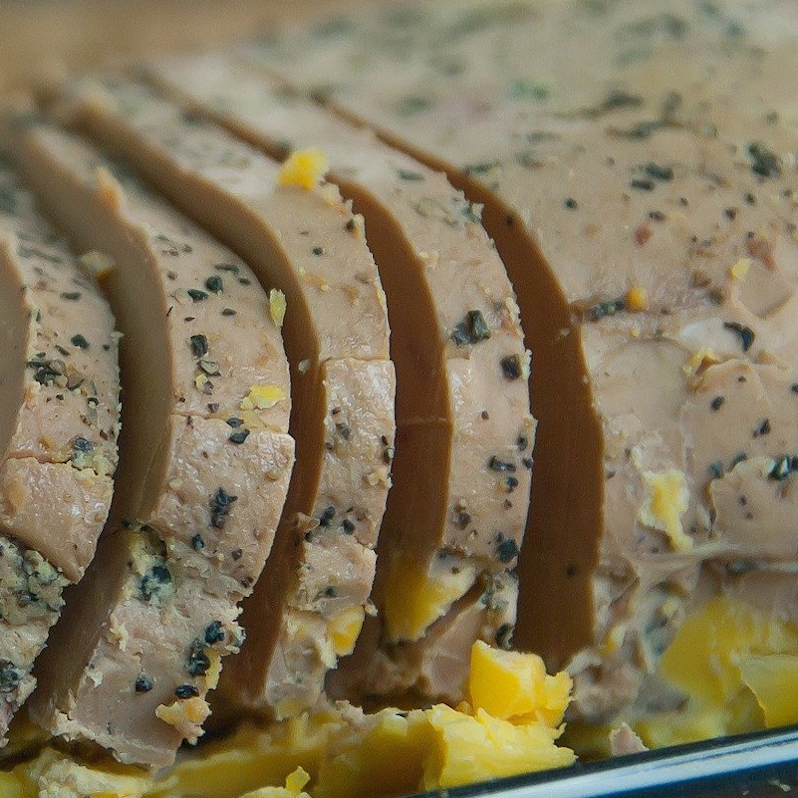
- The AOP (Protected Designation of Origin): The Protected Designation of Origin is a European label. This acronym means that all the stages of production of foie gras take place in specific geographical areas with particular know-how.
- The IGP (Protected Geographical Indication): the protected geographical indication indicates that at least one manufacturing step takes place in a specific geographical area. It is also a European label.
- AOC (Controled Origine Appellation): The AOC label, Appellation d'origine contrôlée, is demanding because it is subject to a very special specification. The acronym AOC indicates that foie gras is manufactured according to recognized rules and know-how. It protects against counterfeits and imitations of products. This foie gras label is French.
- The Red Label: this very strict label is French. It means that the product is of superior quality to other products in the same category. To obtain the Red label, the product must follow strict specifications and conditions of production.
The caviar
On the most gastronomic festive tables, caviar is the star! Caviar is made from salted sturgeon eggs.
This prehistoric fish is found in the Northern Hemisphere, Europe, North Asia and North America and now also in South America (notably Uruguay).
Of the twenty-four sturgeon species recorded worldwide, Sevruga (Acipenser stellatus), Osciètre (Acipenser gueldenstaedti) and Beluga (Huso huso) provide the majority of wild caviar.
Farmed caviars are developed from the species Acipenser baeri, Acipencer naccari, Acipenser gueldenstaedti, Acipenser transmontanus. Called hybrid caviars are also developing. Today, almost all the caviar marketed comes from farmed fish of various origins (France, Spain, Italy, Bulgaria, Czech Republic, USA, Russia, Iran, China, etc.).
In France, the production comes from the species Acipenser baeri (native to Siberia). The farms are located in the waters of the Gironde but caviar is also produced in Sologne!
Caviar is composed of sturgeon eggs or more precisely oocytes (immature female sex cells). Sturgeon have a very long reproductive cycle. They reach their sexual maturity between five and twenty years, which explains the scarcity of caviar.
In the spring and fall, immediately after fishing, sturgeon are immobilized and the males are separated from the females. The eggs are then extracted by sampling. Salt is the only essential ingredient in caviar. It facilitates preservation and is a flavour enhancer. With too little salt, caviar deteriorates quickly. With too much salt, it dries out and becomes sticky.
In order to limit the salt content and prolong the life of caviar, it is a common practice in Europe to use a preservative, boric acid (E284) or its salt (E285), sodium tetraborate (borax).
There is a color code for caviar boxes:
- Blue: Beluga or Belouga
- Yellow: Osciètre or Ossiètre
- Red: Sévruga or Sévrouga
The most famous and expensive caviar is the Beluga. The differences in prices can be explained by the scarcity of this fish.
The characteristics of the main caviars:
- Caviar beluga: this is the most well-known and popular specie of sturgeon and caviar. It is also one of the most expensive caviars. Its eggs are large and more or less light grey. Their membrane is very fine and gives a fragile caviar. It was Elizabeth Taylor’s favourite caviar who gave to its anthracite beans the nickname of her “big babies”.
- Caviar Osciètre: it is characterized by a very great genetic diversity. Its eggs range from jet black to walleye but are usually brown or light brown. Their size, from medium to large, ranges between 2.5 and 3.5mm. It is also appreciated for its fairly firm texture and for its robustness which allows a good conservation and an interesting refining.
- Caviar Sévruga: they are among the smallest grains of caviar, which has often been considered a “cheap caviar”. It has however the reputation acquired in the last century, to be a product of connoisseurs because it is extremely tasty. Its particular taste may be related to its infrequent use of estuary’s turbine waters.
- Caviar Baerii: it has an average size close to that of the osciètre. Their tone remains in the brown unlike the osciètre. The texture is a little more melting. Caviar baeri is the most common French caviar!
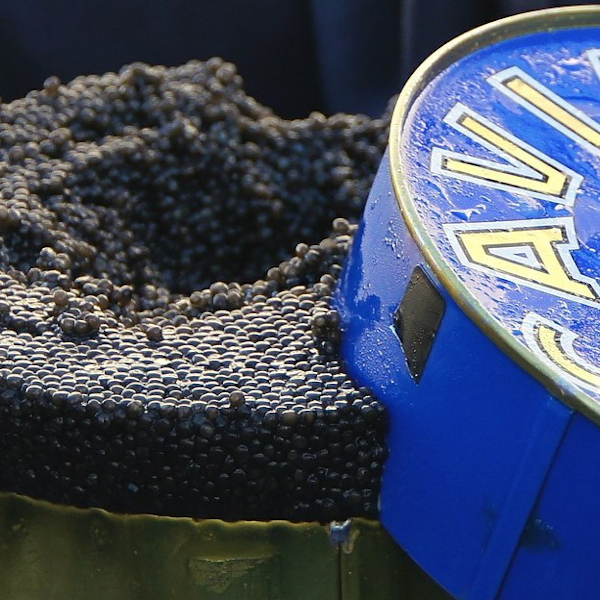
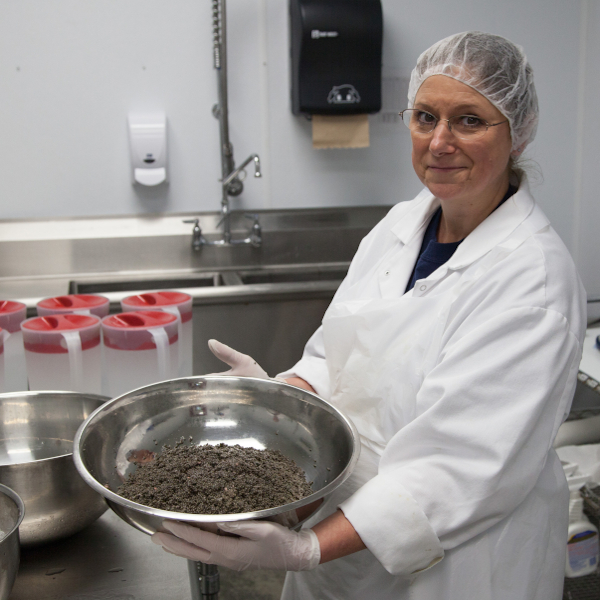

After this overview of the various key products of our festive tables, you just have to make your choice and compose the menu that will delight your family on Christmas Eve! The traditional turkey with chestnuts can be replaced by scallops, white pudding, or other poultry also very popular during the holidays.
The important thing is to enjoy and share!
MERRY CHRISTMAS!
